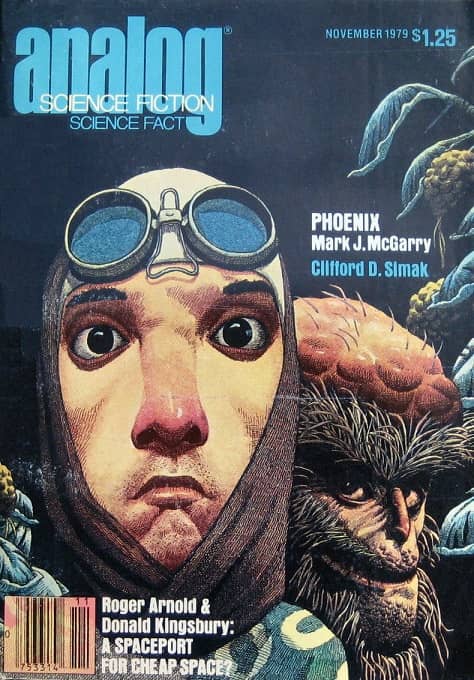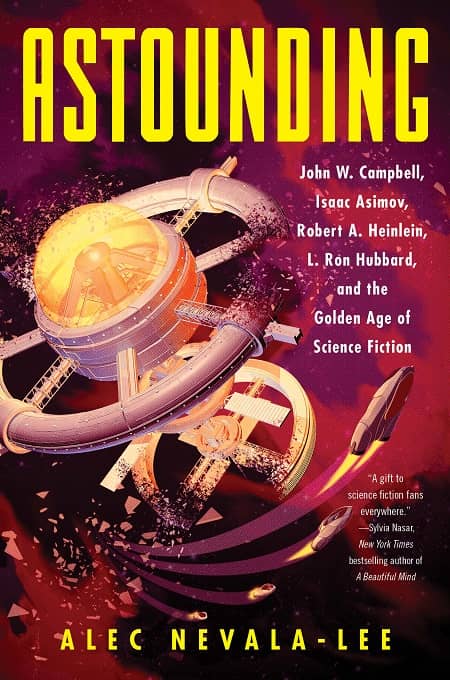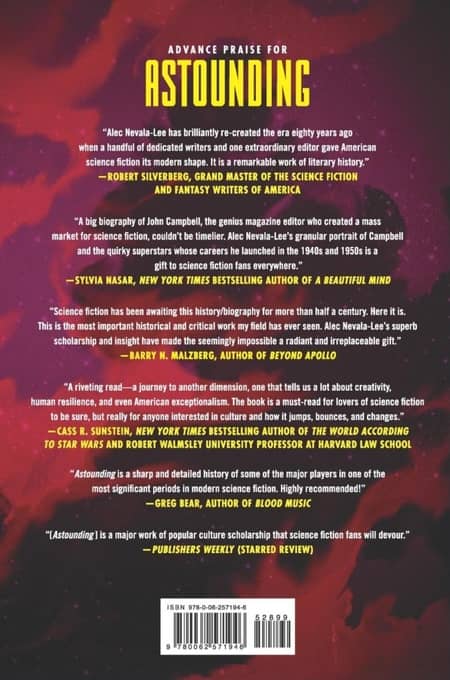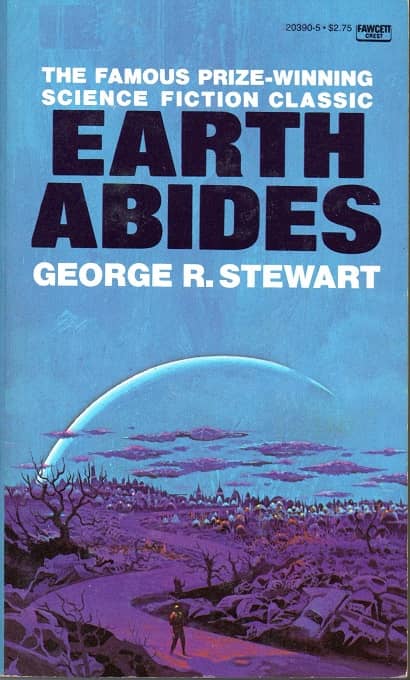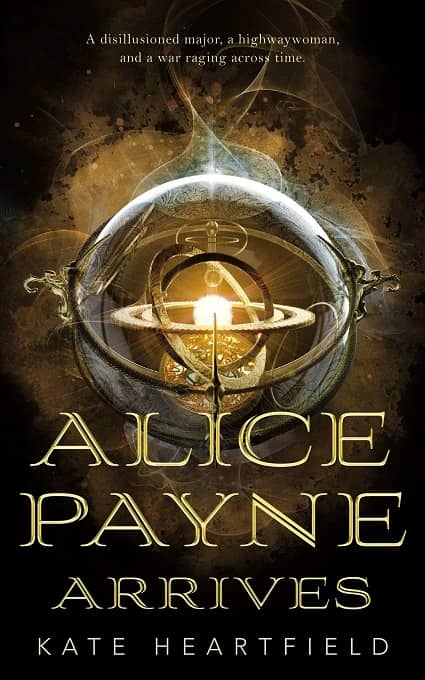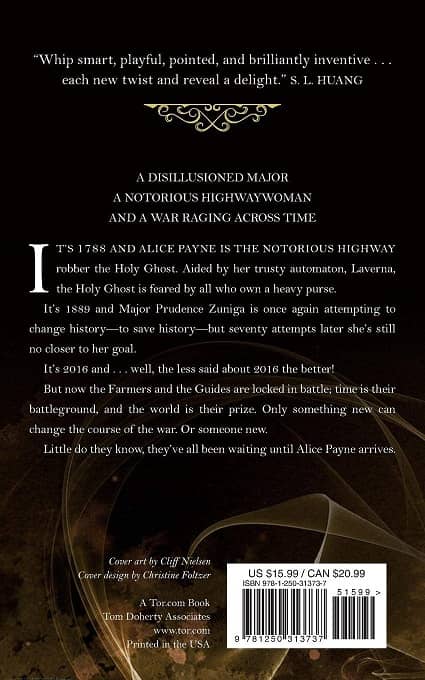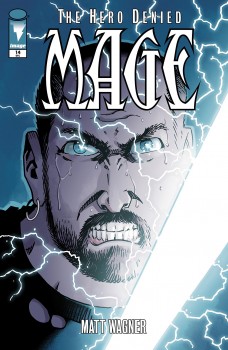In 500 Words or Less: The Privilege of Peace by Tanya Huff
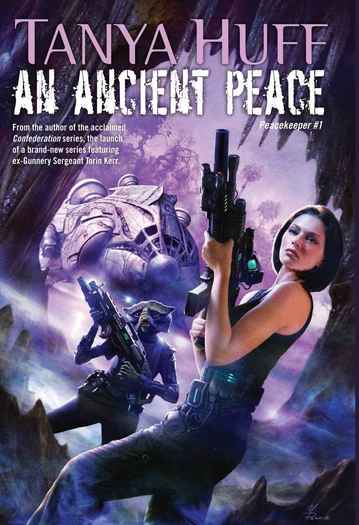 |
 |
 |
The Privilege of Peace (Peacekeeper #3)
by Tanya Huff
DAW Books (352 pages, $7.99 paperback, $12.99 eBook, June 19, 2018)
I’ll often come back to one of my favorite lines from Peter Capaldi’s run as The Doctor:
Everything ends, and it’s always sad. But everything begins again, too, and that’s always happy.
It’s one of those simple quotes that applies to a lot in life, and guess what – it applies to writing and reading, too. As much as we clamor for the next book in a favorite series, eventually every series comes to an end (unless you decide to write Harry Bosch books into perpetuity or something) and then there’s a void, like a friend has gone away and you’re never going to see them again.
(Okay, yes, you can always reread the series again, but I’ve reread maybe three books in my life, so just work with me here.)
Last year, DAW Books released the last of Tanya Huff’s Torin Kerr novels (at least as far as she’s indicated), finishing the Peacekeeper trilogy with The Privilege of Peace. And man has this been a ride. I came to Tanya’s writing very late, when she was a Guest of Honor at Can*Con a few years ago, and devoured both the Confederation books and the Peacekeeper follow-up.

